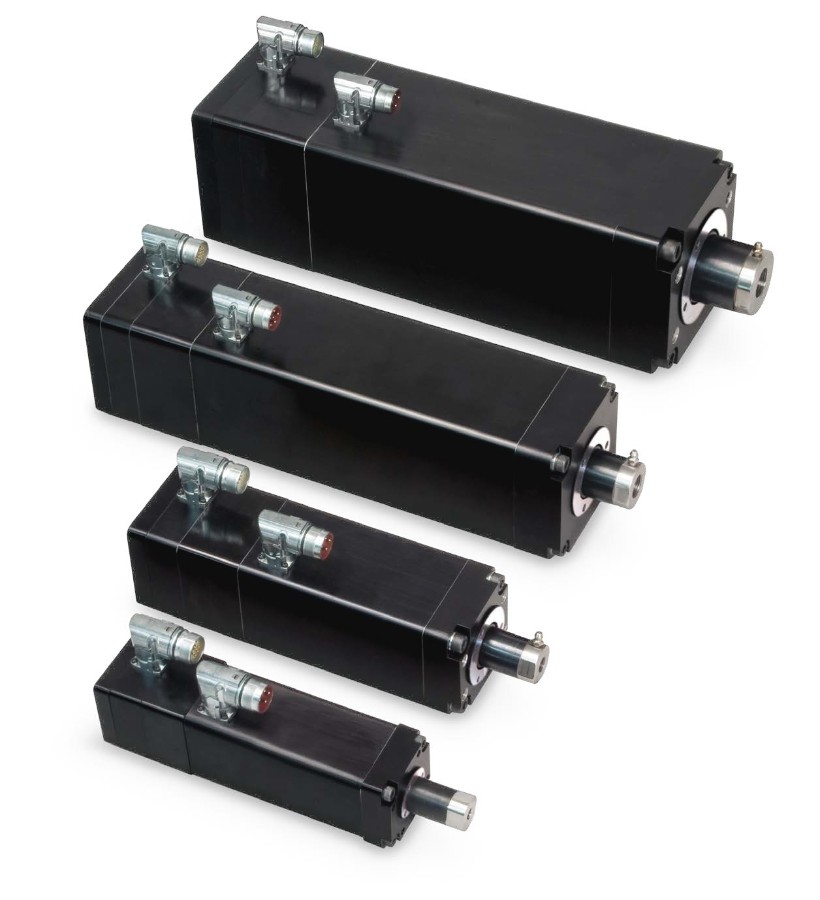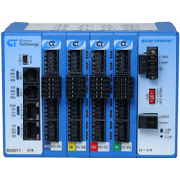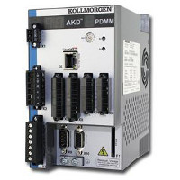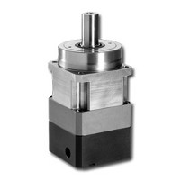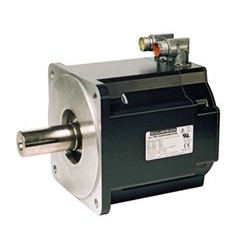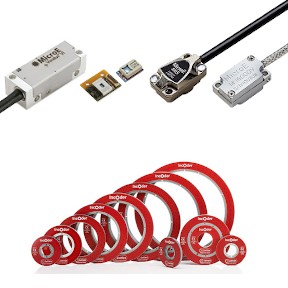Component compatibility can make or break a good system
24 January 2018Component compatibility can make or break a good system
Selecting the right components and sub-systems when designing modern machines and technical equipment requires the consideration of many factors; some more obvious than others. Gerard Bush of INMOCO offers some insight into the process.
Engineering designers usually start a project knowing what they want their machine or equipment to achieve; naturally to working backwards from there to get an idea for an initial concept design. It is then a matter of going back and forth, considering different issues and details until a concrete idea is formed. From here the designer may bring in the expertise of a colleague or two, build a prototype – real or virtual – or have a chat with potential end users and develop a strategy for the next stage of the project.
However the project evolves, there will come a point where components have to be selected. The designer may start by thinking: ‘we need a motor’, then they will have to consider the technical details of the motor (size, power, speed, dynamic performance, life expectancy, cost, etc). This may lead them towards selection of a particular motor or, perhaps more likely, to a short list of candidate motors.
They may then think: ‘we also need a controller for the motor, plus some sensors for feedback, plus other environmental sensors, plus a gearbox, plus an on/off switch, plus a safety cut-out, plus a housing, etc, etc.’
One issue the designer will need to address is the compatibility of the various components - will they work together well, complementing rather than compromising each other. This can be quite a subtle thing to grasp, but to illustrate it: would you pair a miniature motor with an outsized controller, a precision encoder with a basic sensor, a top of the range gearbox with a cheap-and-cheerful coupling?
Identifying appropriate components requires mental reference to the ‘big picture’ - the overall concept of the project. Are you trying to produce a cost-conscious machine, or one that is ultra precise; or one where reliability is king because in-field repairs are going to be almost impossibly difficult; or one with a long working life in a harsh operating environment; or one that may be required to sit dormant for a long time but which can be trusted to ‘fire-up’ when finally required to do so?
At this stage many designers will appreciate the help of a specialist, another engineer, one with years of experience and expertise in a particular field, such as motion control. A critically important part of their skill is knowing which products will work well together and which combinations should be avoided. To illustrate this, we can look at some case studies, focussing on embedded, miniature precision motion control.
Spin it to win it
Laboratory centrifuges used in life sciences have to operate at very high rotational speeds. They may also need positioning capabilities so samples align with access covers. They will require a motor, controller, and feedback device, each of which must be compatible with the others and with the duty requirements.


